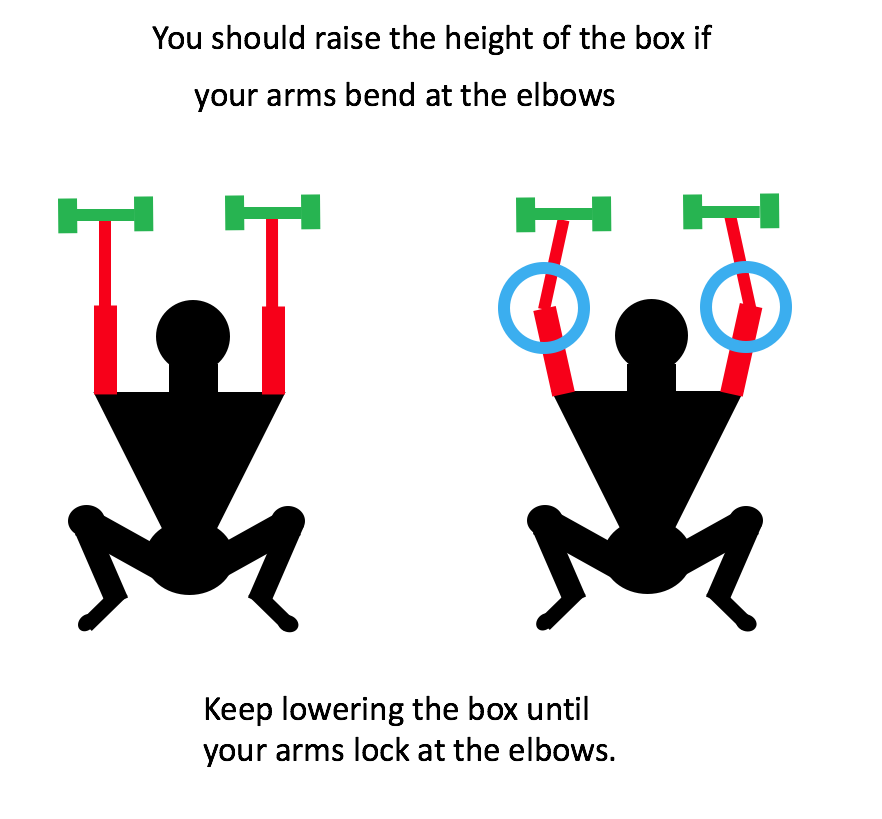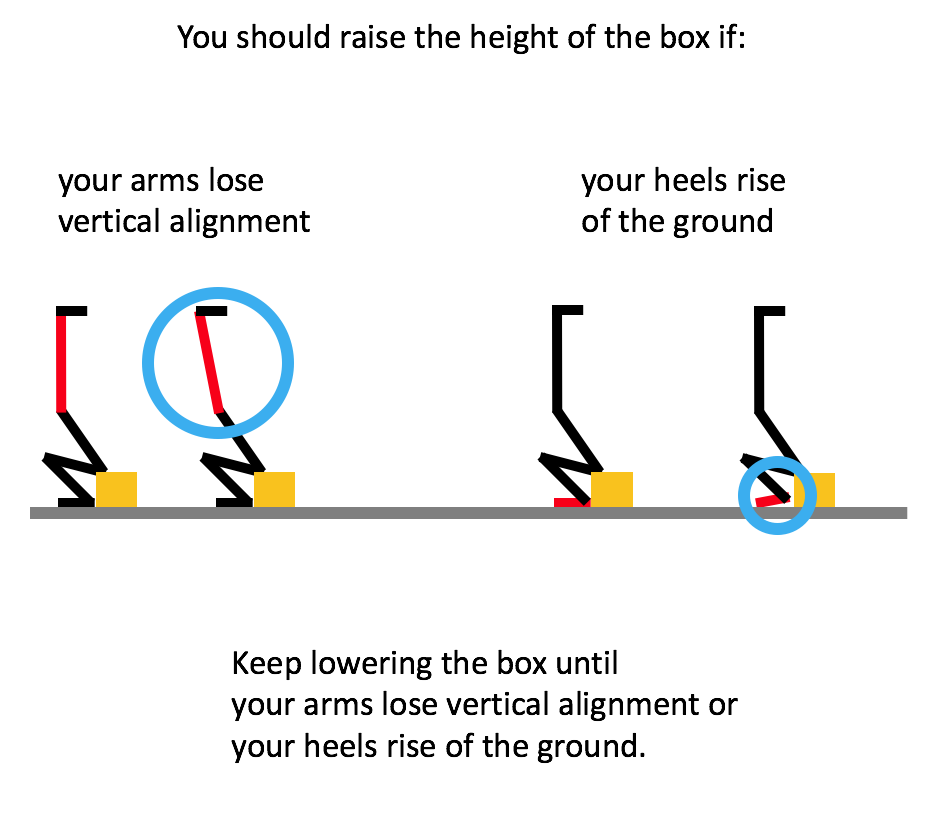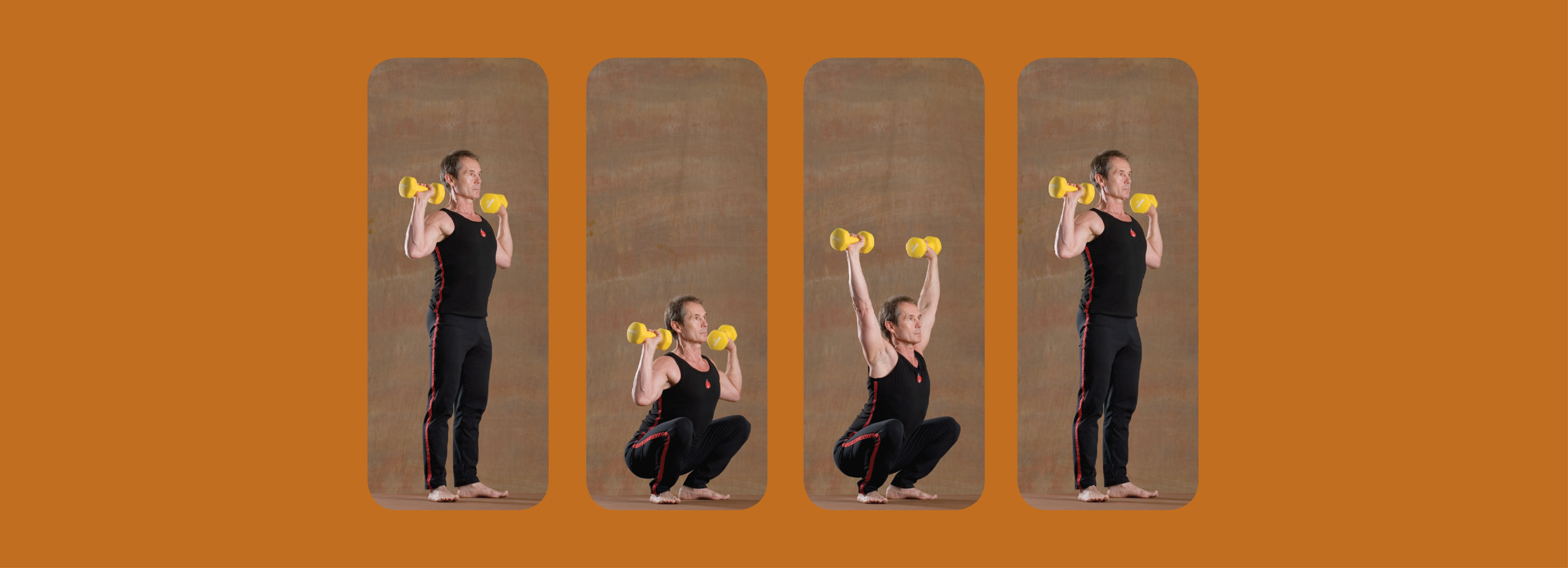The human body is an amazing entity, a universe in itself. Once we comprehend the complexity of the whole system, we can only be in awe and respect its nature. From each organ fulfilling their individual function to the synchronized work that the body accomplishes, the human brain can only hope to invent a mechanism as perfect as the body. Our inventions are simply imitations of nature’s excellence. As babies and young children, we naturally know how to move and use our bodies. It’s only later that our lifestyle throws everything out of balance.
Yet the body is also very malleable, and at any age people can change and restructure their alignment. It takes time and patience, but it’s always possible.
The name “Power Tower” evokes an image of an absolutely solid core that doesn’t bend or compromise its upright position. The spine is the “tower,” dictating the range of motion of the limbs. All the vertebrae need to behave as one coordinated unit; if any one collapses then compensation occurs and the body is no longer in alignment, compromising proper movement.
The number one determinant is posture: if the spine isn’t straight, then the muscles next to it won’t develop properly. This can lead to rotation, asymmetry and compensation, and ultimately injury. This is why it’s important to test yourself before you even start the program, using the measures on pages 16-20 in The Happy Body: The Simple Science of Nutrition, Exercise and Relaxation. Sometimes you need practice lifting first, making sure your arms are absolutely vertical before you even incorporate the squat part of this exercise.

As adults, we might run into a paradox where we can do deep squats with no problems, but once we raise our arms, we allow gravity to pull us forward. Or there’s the opposite issue where we can raise our arms perfectly in alignment, but once we start squatting, thanks to inflexible ankles, we start shifting, with our heels coming off the ground.

You cannot outsmart the body; all shortcuts will turn into “longcuts” in the end. If you try to work at a level that’s more advanced than where you are, you’ll only succeed in reinforcing your bad habits, compensations and asymmetries. Form, which is skill, is everything. To proceed correctly, follow the following steps:
- Test yourself with the 5 measures on pages 16-20 every six weeks. If you’re not progressing, then you need to take a close look at what you’re doing wrong.
- Adjust your level in all 18 exercises so you’re working at the proper level that fits. It’s natural that you may be more accomplished in some areas than others. The goal is to bring symmetry and balance, improving where you’re the weakest and over-flexible, or strong yet too rigid.
- Adjust the weights properly, using our recommended ratio (The Happy Body, Table 8.3, page 149) to bring symmetry to your muscle development and support a balanced structure.



I‘m doing the Happyend Bosy since 18 weeks and power tower is the only exercise where I made 0 progress. I‘m pretty sad because I can’t figure out what I‘m doing wrong and why my flexibility in this exercise isn’t improving, even though all other areas are. I just can‘t go low. My body seems to lock and I would have to bend forwards to go lower.
Hi Jan,
If you are improving in other ares of the body, the change will come – be patient. I would encourage you to start with taking steps 1,2,3, outlined at the end of the blog, to test yourself and see where actually your problem is.
Dear Aniela, thank you so much for this post! We could diagnose our problem – bending the elbows. So we both adjusted the box a little higher for the feel-good-squat. After one year I can do a full squat from sequence one (arms crossed). Keeping the arms straight is still a challenge for us both, so we try to be patient and follow Jerzy‘s rule „No pain = Gain“. It helps a lot. I saw on FB that Jerzy had a birthday. Please give Jerzy our kindest wishes of health, happiness, prosperity, joy, love and fulfillment! Thank you both for your kindness, guidance and support. Summer greetings from Munich – Mariya and Stefan
Thank you so much Mariya for your wonderful spirit. It is in doing the right thing that we experience joy; bodily or mentally. Keeping our body happy requires constantly paying attention to the signs of discomfort and correcting it. Enjoy your summer as well!
Hi, I am really enjoying the happy body exercises for a year now,
but I have a question: If my calculated standard of strength weight for the power tower is 42kg (because I weigh 73 kg), does that mean that i need to reach the ability to do all the exercises with proportional weights (42kg would be my 100%) every day? I currently have 5kg as my 100% and reaching 42 sounds like a very tough program every day.
42kg is one rep max ORM. you will probably train 15kg Power Tower for 6 repetition then. 42kg is your person record not training weight. All exercises should be calculated as of 15kg.
Jerzy, i’ve been doing Happy body now for going on 7 years and it has completely changed the shape of my body. However in the past couple of years, I’ve developed some lower-back problems that create a risk when I’m lifting weights and so i am reevaluating the weights i’m using.
I went from 5lbs to at my peak, I was lifting 52.5lbs in each hand as my 100%, but I’ve dropped that back to 45, and wanted to see what an appropriate max weight should be for a 180lb man? It’s not clear in the book whether that 58% of weight is for the exercises or for a single press?
My apologies Mark but I was not aware of your text –somehow it was not forwarded to us. The 58% of weight referes to a single lift and it’s to see your progress, but in everyday workout you should adjust the weights so they are comfortable to perform six repetitions. Also, some muscles like core muscles need to catch to withhold the weight over your head, be patient with that.
Can you tell us more about the box used in the book to help support you as you try different depths? Is there a piece of equipment that you can reference that happy body users could potentially go out and buy to help to the exercise at varying depths?
Vince,
The box that we use Jerzy designed for our clients specifically to helped them with squat to monitor small increments with their progress. I one of his conversations with mentors he came out with a great idea to use printing paper where you can be even more accurate and slower with getting into deeper squat. It’s economical – no special investment. Why don’t you try that and let us know how it works.
Thanks Aniela. That is a pretty good idea and the precision offered by using stacks of paper is as good as you can get. The perfect solution for me will also be easy to move as the area where I work out is multipurpose. I’ve looked at some plyo boxes, but they are pretty expensive and as you’ve highlighted with your suggestion, don’t necessarily offer the small increments. You’ve got my mind thinking of possibilities and I’m going to test a few solutions. If I find something that works for me I’ll let you know.
Also I can not thank you and Jerzy enough for creating this program. I was exposed to the world of fitness from a bodybuilding perspective and through that approach to exercise I have suffered many injuries from exercise. Approaching exercise with the goal of flexibility, better posture and striving for youthfulness has been so good for me. I’m in my early 40’s now and with the happy body program my body is more flexible and in less pain than when I was in my 30’s. The idea that relaxation is part of my workout still blows my mind. I love the happy body program.
I use a box for squatting. For deeper squats, a scrap wood plank under my feet works to increase squat depth.
Thanks for a great system!
After 4 months of doing the HB, the Power Tower has become easier and I’ve increased the weight as prescribed.
However, my flexibility and depth level on the Power Tower has only increased a little bit. Should I remain at my current dumbbell weights and work to increase depth? Or add small weights and increase strength and flexibility at the same time? Any info would be greatly appreciated.
Hi Scott,
If flexibility is your weakness (it means your are strong) than stay with the same weights and work with the depth of the squat. If your are weak than stay with the same depth but slowely increase the weights.
HI Aniela, Great post! I have recently started the program and have been using the purchased videos. However I am greatly unsure with the squat. Can we lean our body forward as long as our black is straight? (Hinging from the hips) Or is the idea to keep as upright as possible? I can only go a few inches if I am keeping my back as upright as possible. Should I stick with that or allow my body to move forwards? Also do you have trainers teaching your program? I am in Australia and would love face to face help if there is someone located here! Thank you, Sarah
Hi Sara,
About the squat – try only to travel down and back up without leaning forward. Start the movement with bending your knees and keeping your chest upright, go down only to the place where your arms stay up, next to your ears. There are some flexibility problems with either spine, hips, shoulders or ankles (doesn’t matter where) with time you will improve without injuries.
Zoom meetings are great solution, we offer those.
Warmly,
Aniela